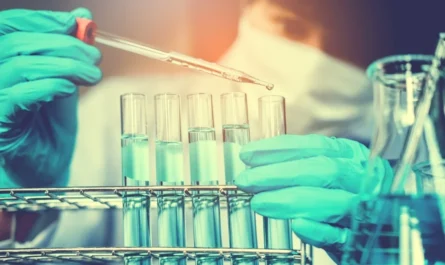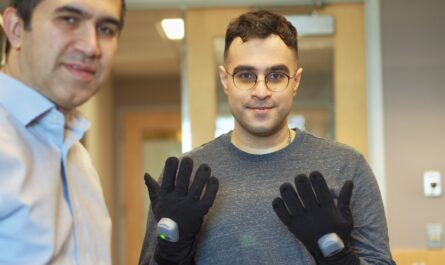Researchers at Sinai Health and the University of Toronto have made a significant breakthrough in cell therapies that could potentially eliminate the need for immunosuppressive drugs in transplant patients. By genetically modifying donor cells, the researchers were able to create transplants that persisted for long periods in mice without the need for immune suppression. The findings are a promising step forward in creating a similar strategy for human patients, which could make transplantation safer and more readily available.
The study was published in the journal Nature Biomedical Engineering. Immune rejection is a major challenge in donor cell therapy, as the recipient’s immune system perceives transplanted cells as foreign and launches an attack, resulting in rejection. Currently, transplant and cell therapy patients are required to take immunosuppressive drugs for life to prevent rejection, which can lead to serious health issues such as recurring infections and an increased risk of cancer.
Scientists worldwide have been exploring different solutions to address immune rejection, including creating therapeutic cells from the patient’s own cells or encapsulating donor cells in inorganic materials for protection. However, these approaches are often costly, time-consuming, and can trigger immune responses from the body.
Stem cells, with their ability to divide indefinitely and give rise to specialized cells, are an ideal source for cell therapies. However, safety concerns remain, including immune-matching and the presence of unwanted dividing cells that could potentially cause cancer in the future. To address these challenges, Dr. Andras Nagy and his team at Sinai Health pioneered a drug-inducible kill-switch called FailSafe, which eliminates unwanted proliferating cells in transplants.
In their latest study, postdoctoral fellow Jeff Harding and Ph.D. student Kristina Vintersten-Nagy combined the FailSafe technology with a strategy called immune cloaking. They selected eight key genes related to immune function, which regulate the immune system’s response to foreign cells, and forced their overexpression in mouse embryonic stem cells (mESCs). The modification effectively created an immune cloak around the cells, preventing the immune system from recognizing them as foreign when injected into genetically unmatched hosts.
Typically, uncloaked cells are rejected within ten days of transplantation. However, the cloaked cells persisted for over nine months in the mice—a significant achievement. This is the first time such a long period without rejection has been achieved in a fully functional immune system. The researchers also demonstrated that unmodified cells can escape rejection when embedded into the tissue created by the cloaked donor cells. This suggests that modified cells could serve as an immune-privileged site for transplantation of unmodified cells, including those from different species.
Building on this success, Ph.D. student Huijuan Yang used the genes to create the first FailSafe and cloaked human cells, which demonstrated the ability to escape destruction when co-cultured with human immune cells from an unmatched host. This indicates the potential for cloaking to work in human patients as well.
While this research is still in its early stages, it holds great promise for regenerative medicine and cell-based therapies. Dr. Nagy envisions using the technique to treat diabetes by injecting uncloaked insulin-producing cells into subcutaneous cloaked tissue, potentially providing a less risky approach compared to current methods.
This breakthrough has significant implications for patients with chronic diseases such as type 1 diabetes or heart failure. The research offers viable alternatives to conventional immunosuppression, which often carries toxic consequences. To accelerate the translation of these findings into clinical applications, Dr. Nagy co-founded the startup company panCELLa, which recently merged with the U.S. company Pluristyx to further develop safe and cost-effective clinical-grade, off-the-shelf cells for therapy.



